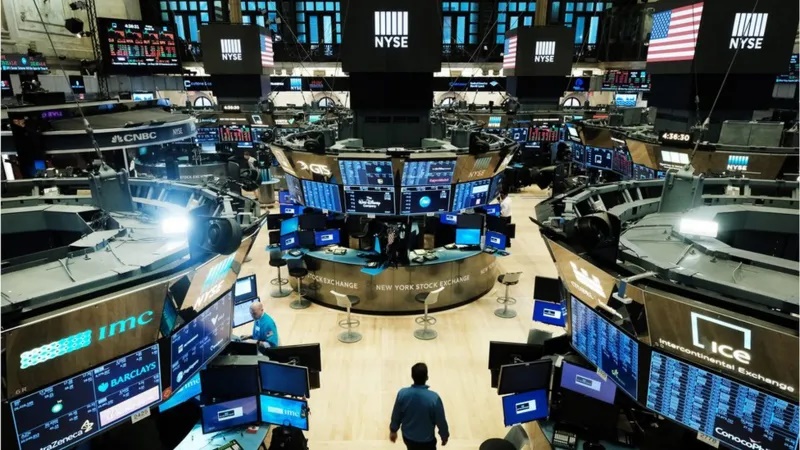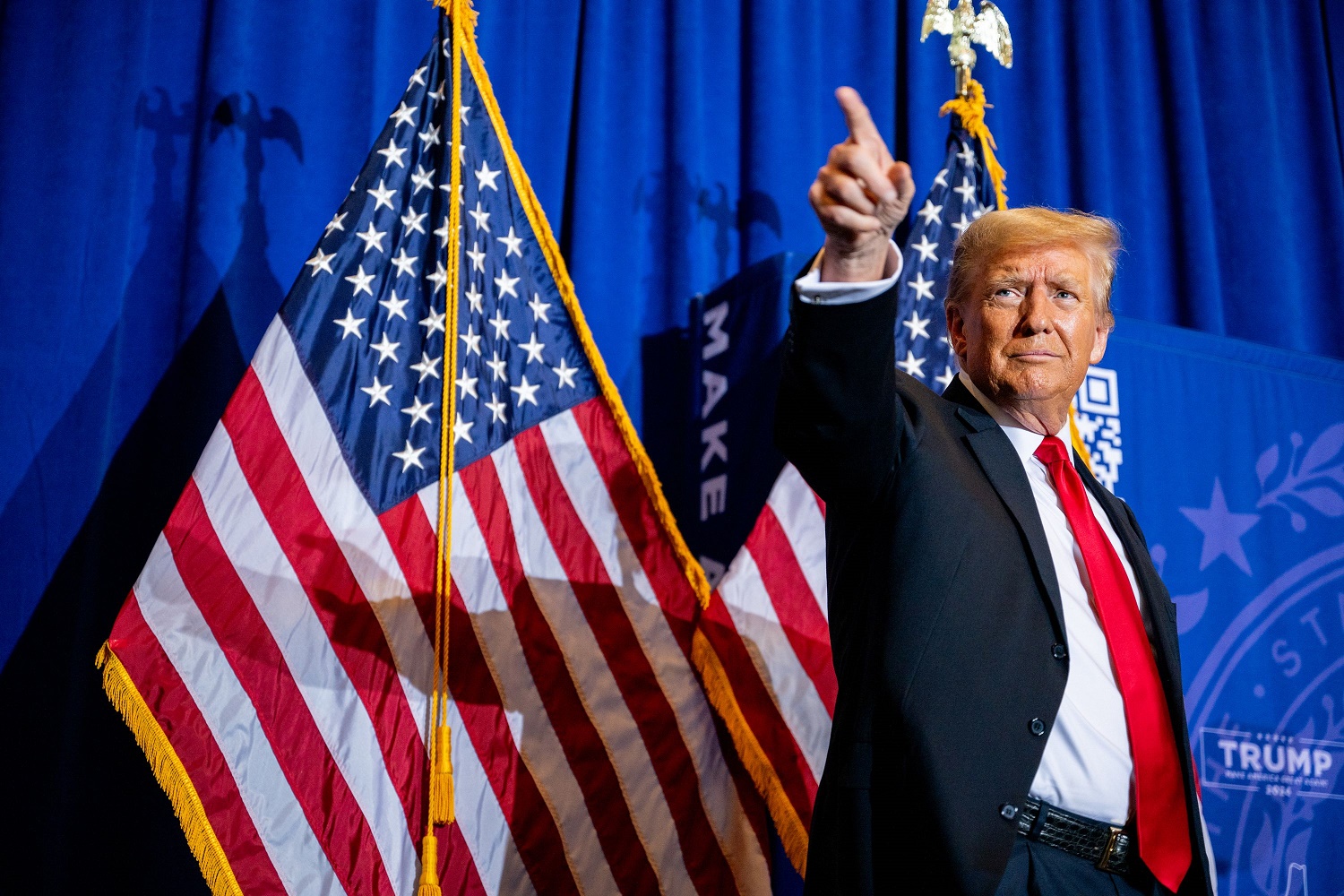Gold Gains As Markets Weigh Rate Cuts, Trump’s Fed Play, AI Market Risks

Samer Hasn
Gold extended its rebound today, climbing nearly 1% to trade above $3,480 per ounce for the first time since April.
The immediate catalyst lies in growing conviction that the Federal Reserve will move toward a September rate cut, amid rising pressure from Donald Trump, while broader equity markets lose momentum as enthusiasm for artificial intelligence begins to be alarming.
Together, these dynamics have strengthened gold’s appeal as investors hedge against both monetary and equity-market uncertainties.
This week is set to test these assumptions. Labor market data will dominate the agenda, with the JOLTS report on Wednesday, ADP payrolls on Thursday, and Friday’s nonfarm payrolls standing as the most pivotal release.
A weaker jobs report could entrench expectations of a rate cut, pressuring the dollar, which is already trading at a five-week low, while a stronger print could temper market conviction and weigh on bullion.
This comes after a marked shift in tone from Federal Reserve Chairman Jerome Powell, who abandoned the hawkish tone he had used before the Jackson Hole symposium the week before last. Powell’s words appear to still be having an impact on the market.
According to the World Gold Council, gold has historically shown intensified sensitivity to monetary policy expectations around Jackson Hole, and this year is proving no different.
Yet beyond economic data, politics has entered the monetary equation in ways not seen in decades.
The Wall Street Journal notes that while a September rate cut now appears highly likely, President Trump’s unprecedented move to fire Governor Lisa Cook and push his own nominees to the Federal Reserve Board risks destabilizing the central bank’s policymaking process.
Christine Lagarde, president of the European Central Bank, warned that any erosion of Fed independence would be “very worrying” not only for the United States but also for the global economy, given the dollar’s central role.
The legal and political battle over Cook’s seat has raised doubts about Jerome Powell’s ability to preserve consensus within the FOMC, amplifying the uncertainty already embedded in monetary markets.
At the same time, questions about the resilience of equity markets have grown louder. The Wall Street Journal Editorial Board argues last week in an opinion piece that Trump’s politicization of the Fed could replicate the inflationary spirals seen in Turkey under Erdogan or Argentina, while also drawing historical parallels to Nixon’s pressure on Arthur Burns in the 1970s.
Such risks come as U.S. equities are already priced at extreme levels, with valuations surpassing even the dot-com era, according to the Journal. Concentration in a handful of megacap technology stocks has pushed the S&P 500 to new highs, but it has also made the index more vulnerable to abrupt sentiment shifts.
Concerns about artificial intelligence underscore these vulnerabilities. The New York Times highlights the tension between AI’s explosive demand and the sustainability of its infrastructure, from the massive capital and energy requirements to the physical limits of data center expansion. While investors have justified soaring tech valuations with AI-driven profits, critics warn of parallels to the dot-com bubble, where overinvestment ultimately led to painful corrections.
If enthusiasm cools further, the combination of stretched valuations and overbuilt expectations could spark a broader market pullback, reinforcing the case for gold as both a hedge against financial instability and an anchor amid policy uncertainty.
Hasn is Senior Market Analyst at XS.com






